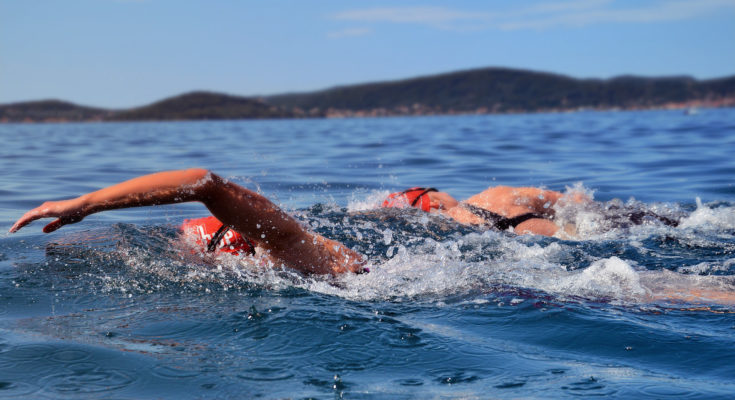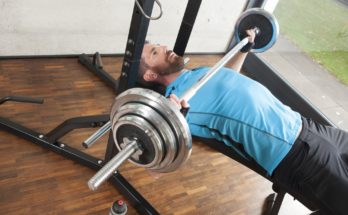Every summer sees a spate of drownings – often in popular local swimming spots. Now a new study may help explain why some of those jumping into the water should not be doing it.
The alarming new survey results have found that, although four out of five of adults claim to be able to swim, most can’t perform five critical water-safety skills.
The skills are floating or treading water for a minute without a flotation device; entering the water safely and being able to turn around and return to a point of safety; rotating from your front to your back; exiting a pool without using a ladder; and swimming 25 metres without stopping.
I fear I would be part of that majority, if I fell into freezing cold water.
The charity STA warns that these skills could save our lives. STA is an independent charity that teaches swimming, lifesaving and survival skills.
Dave Candler, STA President, says: “Tragically last year we saw a high number of drownings in the UK and more needs to be done to educate children, teenagers and adults about water safety and the dangers of swimming in open water.”
The survey also found that men aged 18 to 34 were the most likely to say they could swim, but also have the highest drowning rate. When pressed, over half (55%) could not perform all five skills.
“It’s not just a case of learning to swim,” Candler adds, “as even the strongest swimmers can struggle in open water. Being able to swim 25 (or even 100) metres in a warm pool in a swimming costume does not make a person safe. If a person falls into cold water, the cold, the current and the clothes will reduce the distance capacity by a huge percentage.
“The cold water can also result in the body going into shock – just one gulp of cold water is all it can take.”
This summer, he wants everyone to “understand the risk, and enjoy the water safely and in supervised surroundings.” Almost makes me glad to be staying at home!









